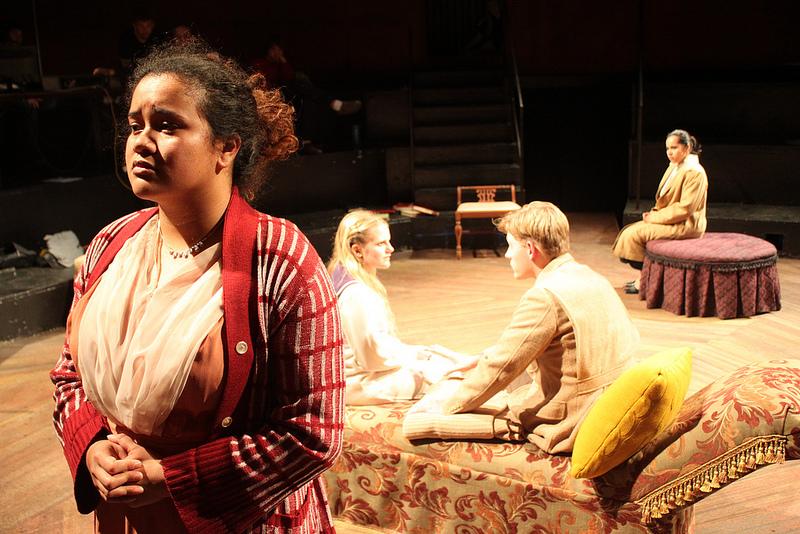With the recent push and victories for the equality for all sexual
orientations, DVC drama’s “The Children’s Hour”—running from Dec. 6 to Dec. 15—is
particularly poignant.
Written by Lillian Hellman, this 1934 stage play is set in the 1930’s about
two women, Karen and Martha, who run a girls’ boarding school in a
small town. They have worked hard for eight years to make their school
profitable, and with Karen on the verge of marriage, they are doing very
well until one of their troublesome students fabricates a rumor that
the teachers are lovers, which was seen as “unnatural” stigma in those
days.
Very quickly the parents pull their children out of the
school, destroying everything that Karen and Martha have worked for.
Eventually their lives, relationships and reputations fall apart. This
play speaks on several levels, exploring the consequences of lies,
rumors, bullying and the power of society. It also darkly portrays its
lesbian theme, showing the strength of social norms and the consequences
for being perceived to be outside of them.
This work was widely
successful upon its release in 1934, so much that although the
mention of homosexuality was illegal on stage in the state of New York where
the play first ran, it was overlooked and ran for two years.
Not much has changed since that year regarding its popularity.
Though
not as commonly known as many other plays, it has been produced many
times over the years and was adapted into a movie featuring Audry
Hepburn in 1961. And in its early years, when the play was passed over
for the Pulitzer Prize because of its subject matter, influential
critics created their own award, The Drama Critics Circle Award, to
recognize Hellman.
“The Children’s Hour” was chosen for DVC’s season because
according to its director, Stephanie Carson, it is a “great American
play that has a timeless message about rumors,” and it “makes you think
about how you impact others and how others impact you.”
Sir Dustin
Brown, one of the actors, believes that it is a “heart hitting, serious,
emotional play that everyone can learn from.”
It tells a realistic story
that deals with problems that have pervaded throughout time, but still
manages to be riveting and touching.
Theatergoers interested in
exploring salient social issues of the past and present may enjoy the
tragic story that has repeatedly made such a powerful impression over
the years, impelling viewers to consider how they succeed or fail affect social change.










































































